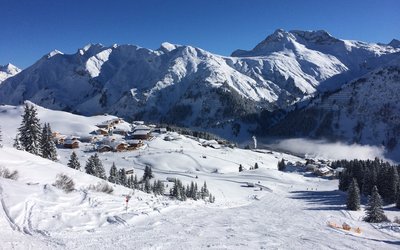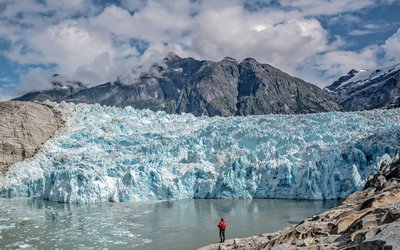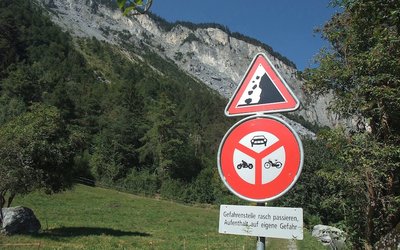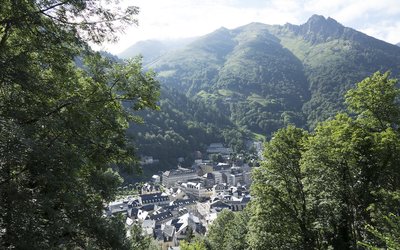
Globally, a large number of glaciers are retreating due to global warming. As a consequence, glacier ice volume reduction leads to debuttressing of oversteepened valley flanks, causing landslides and catastrophic rock falls. Failure of such landslides poses significant risks to surrounding settlements and critical infrastructure, because of the formation and possible breakout of landslide dams, as well as enhanced sediment production, which can lead to debris and mud flows.
The Great Aletsch Glacier in southwest Switzerland is one of these glaciers where large landslides directly respond to glacier ice loss. Since 1870, the glacier retreated 3 km to its present-day position with a length of about 22 km. For one of these landslides it was found that changes in glacier ice height spatially correlate to rock failures and deformation features at the toe of the landslide. Over a large area the mountain slope reacts to glacier retreat once debuttressing through glacier ice height reduction reaches a critical threshold.
Outburst floods from landslide-dammed lakes are reported worldwide in areas that undergo deglaciation. Knowledge on landslides near the Great Aletsch Glacier suggests that these floods may occur more frequent as a result of on-going rapid deglaciation and destabilization of critical rock slopes.
Source: Kos et al., 2016. Geophys. Res. Lett., 43: 12,466-12,474
Photo: Andrew and Annemarie (www.flickr.com)
The topic above is also covered extensively in a great article on Mount Rainier by Rob Carson. Click here








